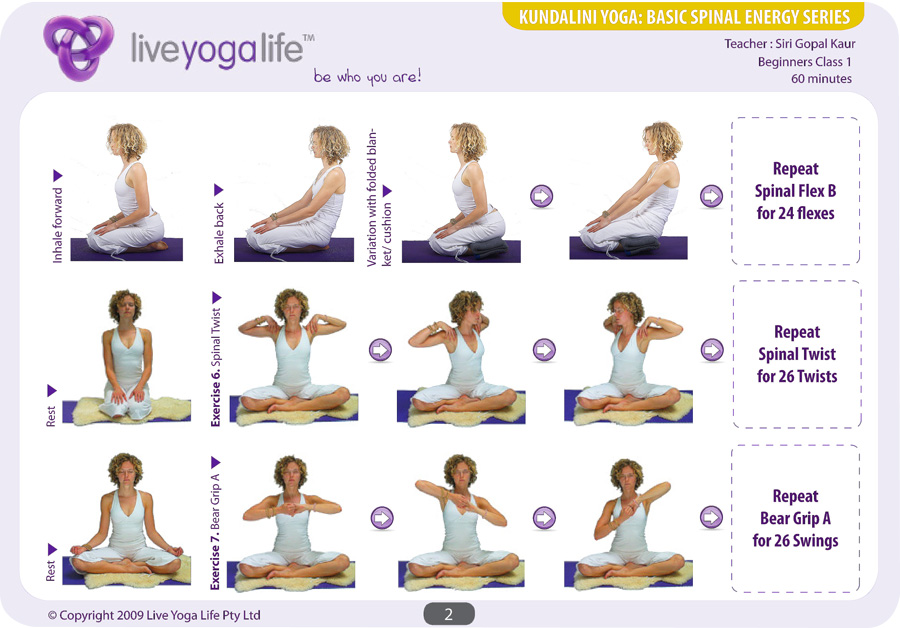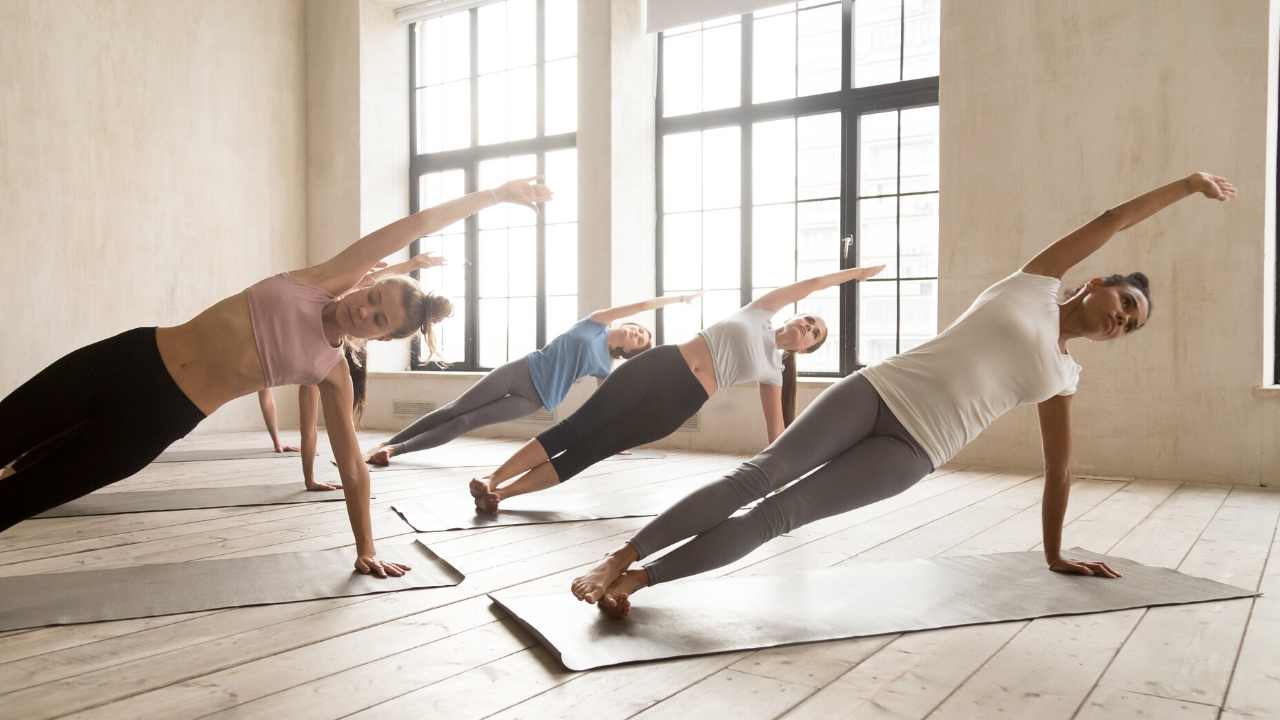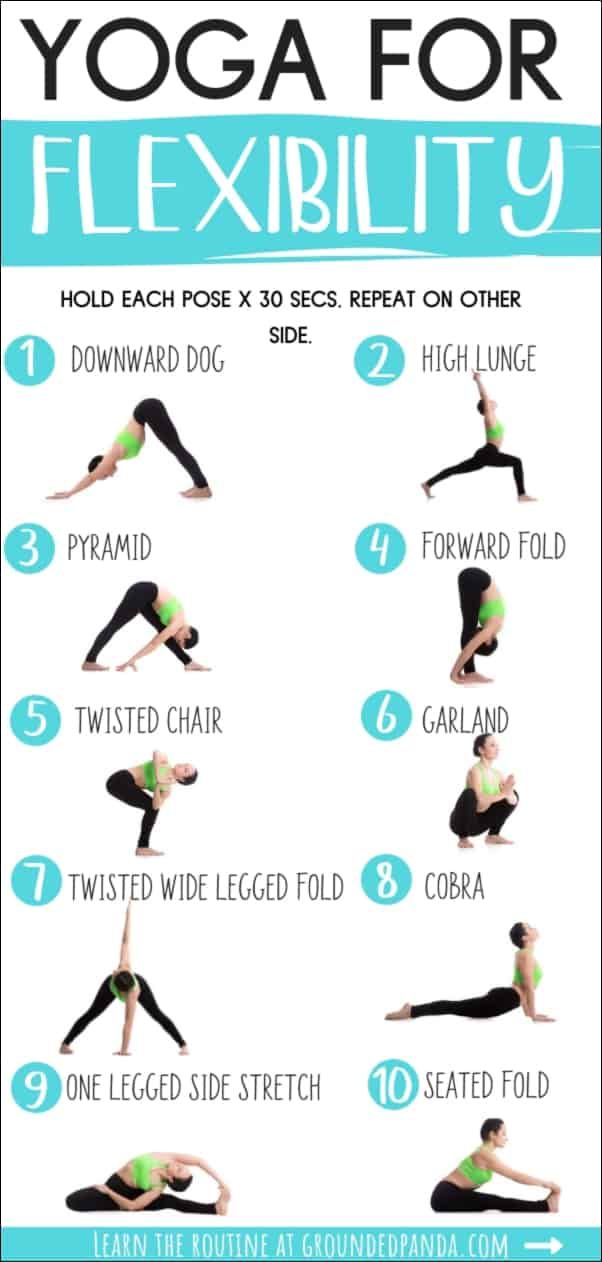
Yoga science, which encompasses anatomy, physiology, psychology, is the core of modern yoga. The practice of yoga can be a beneficial way to manage stress and improve physical and emotional health. There are many different forms of yoga science. These include meditation, physical poses and even yoga science. You can find a practice for everyone, whether you're a beginner or a seasoned practitioner.
Meditation
Leonard Perlmutter, founder of American Meditation Institute, dedicated his life to spreading awareness about the benefits and practices of yoga and meditation. American Medical Association as well as the American Nurses Association have approved his courses. The Heart and Science of Yoga is his book, which contains the entire principles of yoga and meditation.
Physical poses
The practice of yoga can increase the circulation of the blood throughout the body. You do this by stretching and contracting the muscles. Increased blood circulation allows for more oxygen to reach your cells. This can prevent strokes, heart attacks, and other complications that are often caused due to blood clots. The strenuous poses also increase the heart rate, which pumps blood throughout the body. The circulation of blood to the lungs is also improved by inverted yoga postures.

Deep breathing
This exercise will help you control your breath and increase your energy. This practice is also called pranayama and involves alternate nostril breath. This breathing method purifies the nadis and pingala. It can also help to reduce anxiety and stress by calmening the nervous system.
Control of mood
One of the key benefits of yoga is its ability to improve mood. According to a study in the Journal of Physiology, regular yoga practice can help increase levels of GABA in the brain, a neurotransmitter that helps regulate nervous activity. A decrease in anxiety and depression can be associated with higher GABA levels.
Stress management
The benefits of yoga for stress management have been extensively researched. Researchers are finding that yoga can reduce stress and anxiety in a wide range of people. Whether yoga can help to reduce stress depends on how it is practiced, and how long the practice takes.
Multiple sclerosis
Yoga is a good therapy for MS. Numerous studies have been done. Yoga has many physical benefits, including improved balance, flexibility, posture, and circulation, as well as improved digestion and digestion. It has been proven to decrease fatigue and spasticity as well as aches, pains, and reduce stress. Yoga can improve your ability to cope.

Asthma
Yoga's earliest records date back to 5,000 BCE. Slowly, the practice developed into the modern form we know today. Yoga, which is a form of union, joining or linking together, uses the breath to connect body and mind. When practiced properly, it can help control Asthma.
Carpal tunnel syndrome
Yoga can offer many benefits and may help relieve symptoms of carpal tube syndrome. Many people suffering from this condition feel pain in their thumbs. Fingers. Flattening of the carpal bone causes this condition. This puts pressure on the median nerves and tendons. Carpal tunnel syndrome is a condition where people feel pain and numbness in the thumbs, wrists, and fingers.
FAQ
Do I need to warm up before doing yoga?
No. It doesn't matter if you are warming up before starting a yoga class.
Stretching your muscles before you exercise can help to loosen stiff muscles.
What does research show about yoga for wellness?
Yoga has been shown effective in improving mental health, stress reduction, and overall well-being. It can help you lose weight, improve your body mass index (BMI), and keep you healthy.
Yoga can reduce blood pressure, improve cardiovascular function, increase immune system functioning and help with stress management.
These are just a couple of benefits of yoga.
The list is endless!
Where can I find an experienced yoga teacher?
Find qualified yoga instructors in your area. If you don't live near a yoga studio, try searching for one online. You might also consider signing up for a class that allows you to register online.
Statistics
- Gentle yoga has been shown to ease some of the discomforts of tender, swollen joints for people with arthritis, according to a Johns Hopkins review of 11 recent studies. (hopkinsmedicine.org)
- Start your Fall off right with 20% off All Access Membership when you sign up by 9/25! (corepoweryoga.com)
- A 2020 review of 27 studies (1,805 total participants) of yoga interventions in children or adolescents found reductions in anxiety or depression in 70 percent of the studies, with more promising results for anxiety. (nccih.nih.gov)
- Lock in 25% off your Founding Member rate. (corepoweryoga.com)
- In comparison, a 125-pound person is estimated to burn 135 calories in 30 minutes of walking (at a pace of 15-minute miles) and 210 calories bicycling at a moderate pace on a stationary bike. (everydayhealth.com)
External Links
How To
What is the best position to practice yoga?
There are no wrong or right ways to practice yoga. Each person has their own style. You just need to identify which positions are most comfortable.
Here are some examples of common postures:
Standing poses – These poses are good for beginners. They allow you to look at your body from different angles. These poses make it easier for you to focus on your breath.
Forward bends - Forward bends are often used to open up tight areas of the body. These can be done while you are sitting or lying down.
Backbends. Backbends generally are considered advanced poses. You should consult your instructor before you attempt one.
Inversions-Inversions are a pose that requires you to balance your body upside down. This type of yoga can be challenging but rewarding.